What it does
HackSat consists of a prototype for a CubeSat blueprint which will allow anyone who wants to do any experimentation up in outer space to avoid worrying about how to send data or how to provide energy and start thinking about which data will be sent and when they will sent it.
It is also worth noticing that everything will be released under an Open Source License
How we built it
We designed the basic structure, based on the CubeSat specs provided by California Polytechnic State University and used by NASA to send low cost satellites.
We printed the structure by means of a couple 3d printers.
We handcrafted all electronics by using a combination of 3 Arduinos, which required us to search for low consuming components, in order to maximize the battery power, we also work on minimize the energy consumption for the whole satellite.
We opted to use recycled components, like solar panels, cables, battery, converter...
We worked a lot on the data transfer part, so it allows the Sat to be sleeping by the most part, on an effort to increase even more the battery life.
And almost 24hours of nonstop work and a lot of enthusiasm!!
Challenges we ran into
We find mostly challenging the electronics, because our main objective was to get the optimal energy out of our battery and avoid draining it too fast.
Another point worth mentioning was the data transfer between the experiment section and the Sat section, because we wanted to isolate each part as much as possible from the other, so the experiment just need to tell the Sat to send the data and nothing more.
Accomplishments that we are proud of
We are very proud to have accomplished the objective of making a viable prototype, even though we have faced some issues during these days, nonetheless we managed to overcome all of those issues and as a consequence we have grown wiser and our vision has become wider.
What we learned
During the development for HackSat, we have learned a lot about radio transmission, a huge lot about serial port and how to communicate data between 3 different micros, using 2 different protocols.
What's next for HackSat
The first improvement that should be made is fix some issues we encountered with the measures of our designs, which have required some on site profiling.
Another obvious improvement is update the case so it is made of aluminium instead of plastic, which is the first blocking issue at the moment for HackSat to be launched.
Finally, we would change the hardware so it has more dedicated hardware which most likely will allow us to optimise even the battery consumption and global lifespan for the Sat.
Built With
- 3dprinting
- arduino
- c
- enthusiasm
- virtual-wire

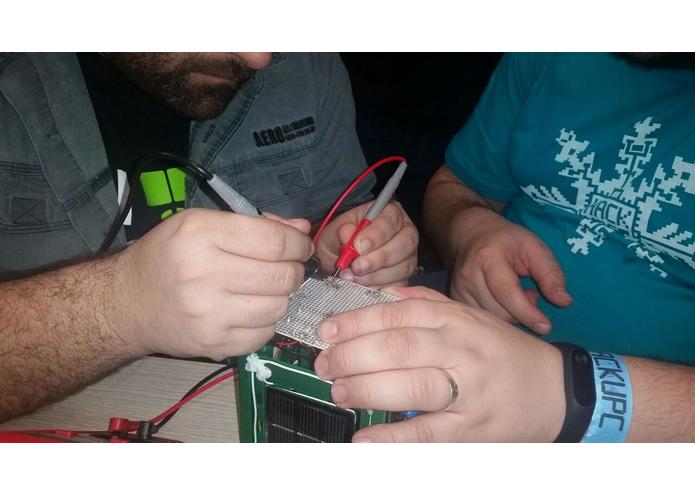
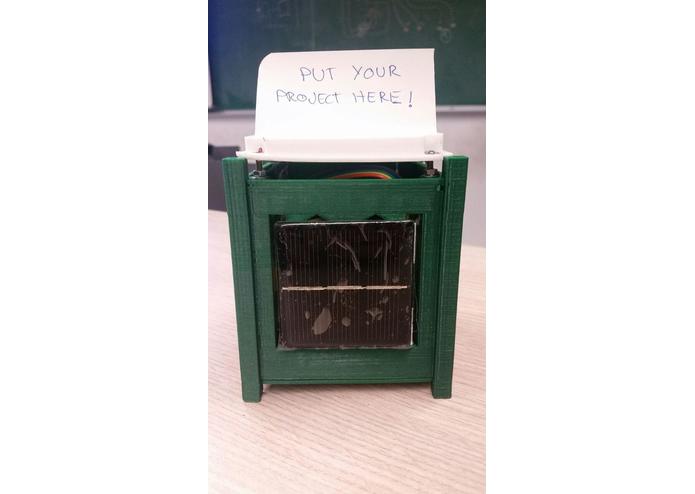

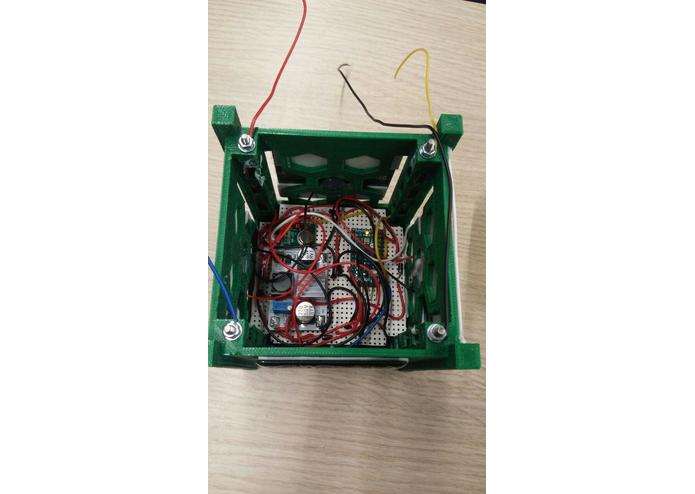
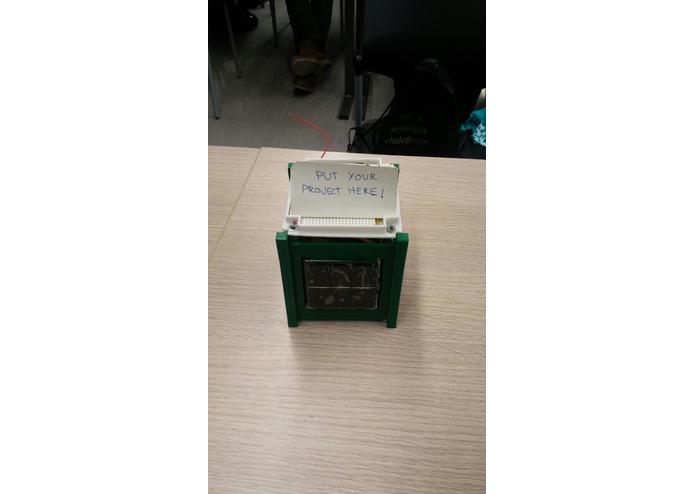

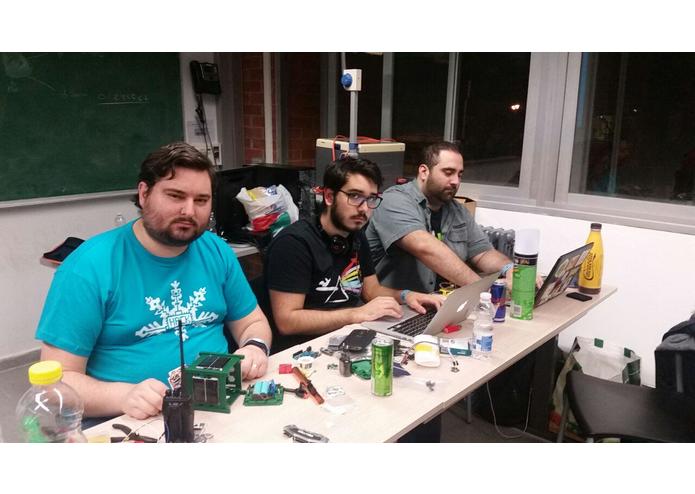
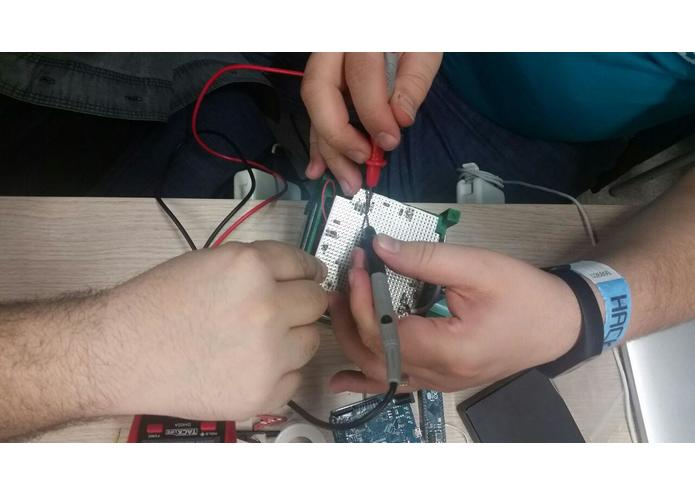
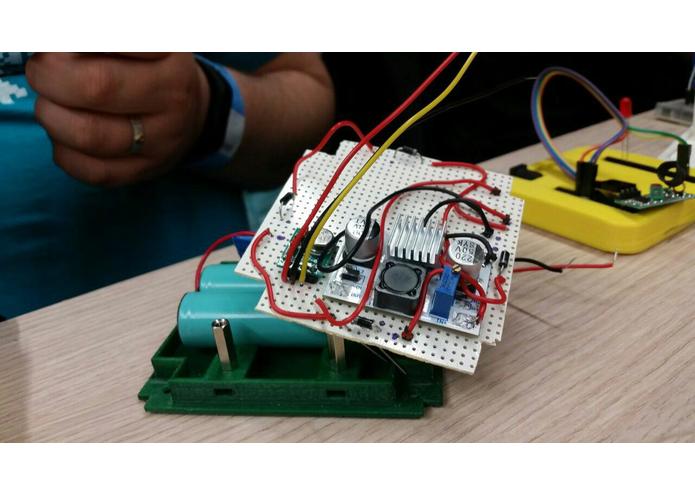
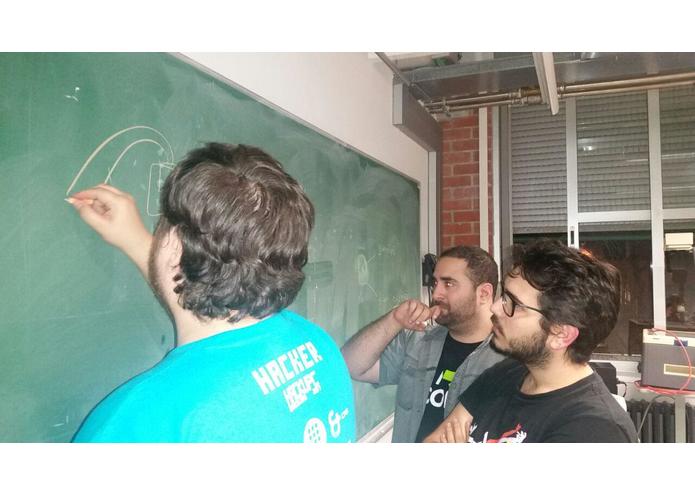






Log in or sign up for Devpost to join the conversation.